Limestone is a versatile non-metallic mineral with widespread applications in construction, agriculture, environmental protection and more. As the primary raw material for cement production, reliable limestone supplies are critical for sustainable infrastructure development globally.
The process of extracting and preparing limestone for these uses involves several steps, including crushing, which is a critical phase in ensuring the material's usability for its intended purposes. This article delves into the intricacies of limestone crushers and the limestone crushing plant, highlighting the importance of this phase in limestone processing.
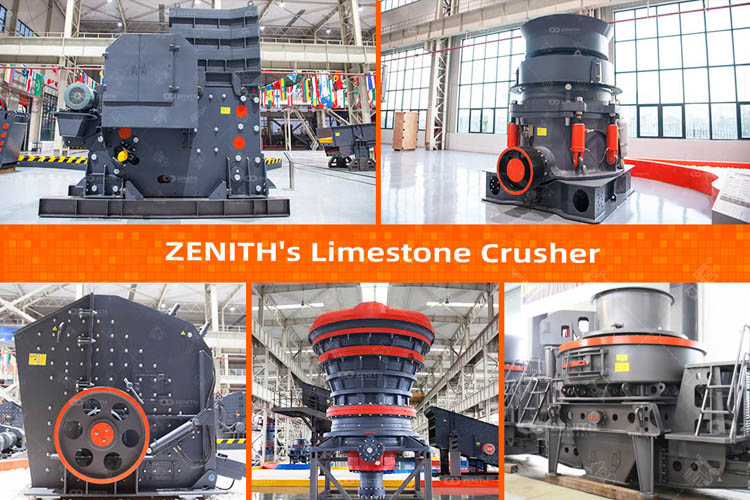
Limestone possesses several characteristics that influence its handling and processing requirements:
Understanding these influence mining extraction and subsequent comminution through crushing equipment. Process design factors in local limestone attributes.
Typical limestone crushing plant feature successive size reduction stages and intermediate screening to classify material. A standard flow involves primary, secondary, and tertiary (or fines) crushing.
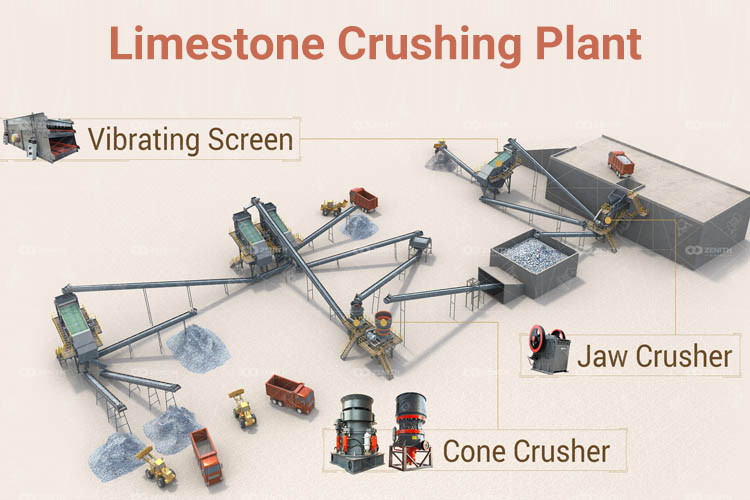
Primary crushing, the initial size reduction stage, accepts run-of-mine limestone boulders/cobbles directly from quarry faces. Common primary limestone crushers are jaw and gyratory crushers providing a coarse reduction ratio of 6:1.
Jaw crusher is typically used as primary limestone crusher in limestone processing operations, which is highly effective for large pieces of limestone, offering a high reduction ratio and consistent performance.
Application: Jaw crusher is commonly used as primary limestone crusher in limestone processing plants. It is suitable for handling the large limestone feed sizes from quarries.
Working Principle: Jaw crusher use compressive force for crushing. The limestone is compressed between a fixed jaw plate and a movable jaw plate. This makes them robust for abrasive limestone crushing.
Feed Size: Jaw crusher can accept large limestone lumps or rocks as feed sizes ranging from 1000-1200mm depending on the crusher model. This eliminates prior size reduction steps.
Output Size: The coarse reduction ratio of 6:1 produces output ranging from 60-100mm which is suitable as feed for secondary cone or impact crushers.
Capacity: Jaw crushers have throughput capacities from 50-300 tph allowing them to match the production needs of small to medium sized limestone plants.
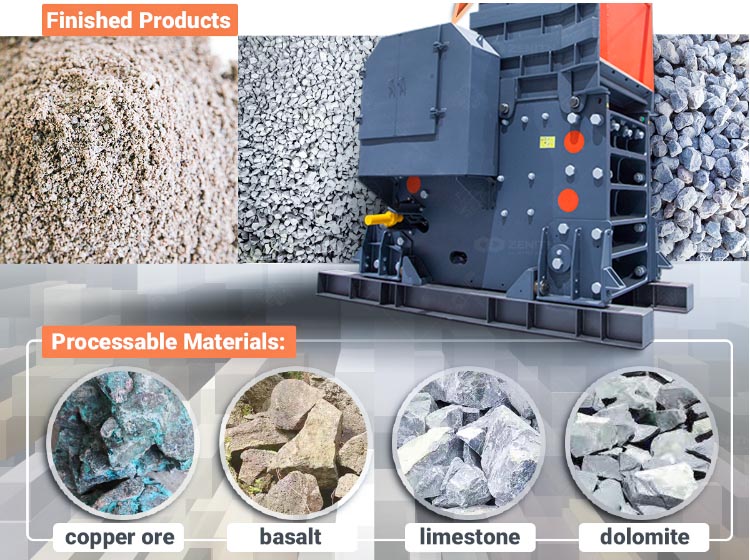
Similar to jaw crushers but utilizing an elliptical crushing chamber and continuous crushing motion provided by a cast manganese steel head. This imparts a rolling/squeezing action under high pressure suitable for hard, abrasive feed. Gyratories achieve higher throughput of 300-3000 tph and bigger feed openings up to 1.5 meters wide. However, they prove costlier than jaw crushers of equal production rate.
Both are limestone crushers with safety interlocks, adjustable discharge ports and variable speed motors controlled from central control panels. Primary crushers reduce limestone rock from 1000mm maximum feed sizes down to 100-300mm depending on chamber clearances set.
Secondary crushing follows the coarse-sized primary reduction to further downsize limestone particles prior to screening and end uses. Common limestone crusher machines at this stage includes:
Cone crusher is another form of secondary or tertiary crusher that use compression to crush the limestone. They feature a rotating mantle inside a steel bowl. The rock is crushed between the mantle and the bowl liner, with the size of the output material being determined by the gap between the two. Cone crushers are ideal for creating fine material and are often used in the production of high-quality aggregates.
A cone crusher squeezes feed limestone between an oscillating mantle and concave bowl lining via an eccentrically rotating shaft. Greater strain is induced on material compared to jaw crusher, with a 4:1 intermediate reduction ratio. Typically sizes range between 50-200mm.
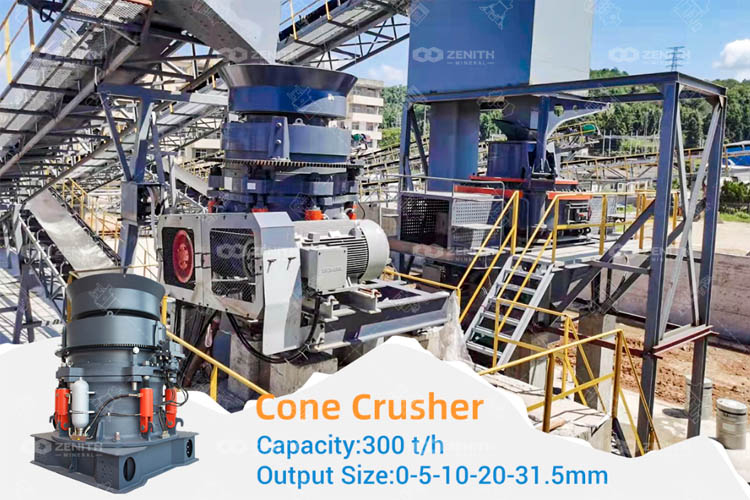
Impact crusher, on the other hand, are generally used as secondary crushers. They operate by using high-speed impact forces to break the rock. Materials are fed into the crusher and are hit by a spinning rotor equipped with blow bars, causing them to fracture and be thrown against impact plates. This achieves a moderate 6:1 reduction ratio, handling softer, damp limestone effectively. Rotor speeds vary from 1000-3000 RPM. Common units reduce limestone to 50mm.
Quarry masters adjust the limestone crusher settings discharge port openings according to material gradation and process objectives. Secondary crushing breaks limestone into uniform cubical aggregates <50mm to smoothen downstream screening.
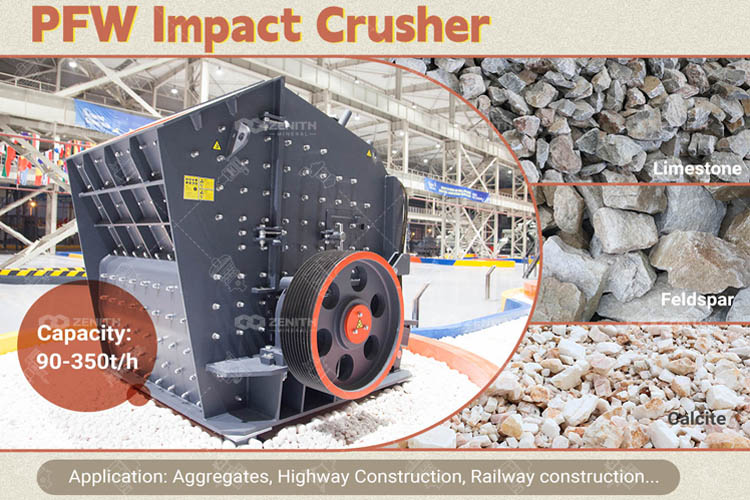
For enhanced marketability and value addition, tertiary crushing further downsizes limestone particle size to below 5mm. Key crushers applied at this fines generation stage encompass:
VSI impart an exceptionally high reduction force on limestone through centrifugal acceleration within a crushing chamber. Impeller beaters violently smash rock against lined anvils inducing micro-fracturing for fine sand formation below 2mm with an 8:1 reduction.
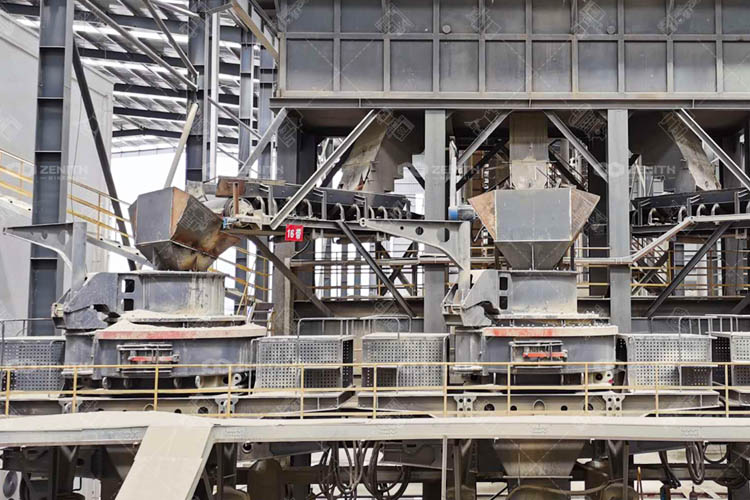
Multi-roller crushers represent an alternative when demanding consistent limestone powder below 1mm. Parallel metal rolls exert low-pressure laminating force to divide limestone into thin flakes mechanically reduced by internal friction heat.
These limestone crushers are designed to meet professional applications in the grinding, plaster, ceramic and paint sectors and offer excellent value. Plant managers select suitable tertiary crushers aligned with processing needs and markets.
To maximize resource recovery and process efficiency at limestone plants, the following measures are adopted:
Properly designed limestone crushing plant supported by best practices deliver consistent, high-quality crushed outputs catering to varied commercial needs.
Portable Crusher Plant optimize limestone crushing through compact footprint and mobility compared to fixed facilities construction. Remote or isolated quarries benefit tremendously from such movable solutions.
For temporary crushing contracts, mines with access difficulties or periodic limestone processing, portable crusher plant offer remarkable flexibility.
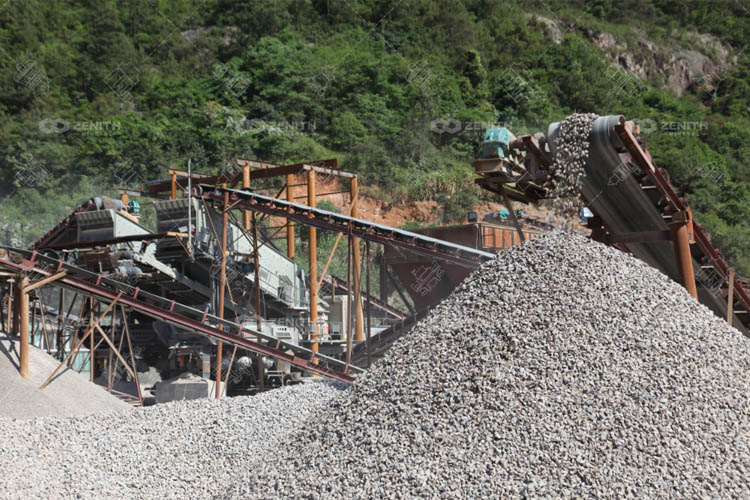
Flexibility and Mobility: One of the primary benefits of portable crusher is their mobility, which allows them to be moved close to the limestone extraction site. This reduces transportation costs and time, significantly enhancing operational efficiency.
Reduced Operational Costs: By eliminating the need for transportation of raw materials over long distances to stationary crushing plants, mobile crusher significantly reduce operational costs. They also minimize the environmental impact by reducing carbon emissions associated with material transport.
Versatility: Portbale crusher is versatile in their operation, allowing them to crush limestone for various applications, from large aggregates to fine powders. This versatility makes them suitable for a wide range of projects.
Ease of Installation and Use: Portable crusher plant can be quickly set up and operational, making them ideal for short-term projects. Their ease of use and maintenance also contribute to reducing downtime and operational costs.
Portable Jaw Crusher: Ideal for primary crushing of limestone, portable jaw crushers are known for their robust design, high crushing capacity, and good material quality output. They work by compressing the rock between a fixed and a moving jaw plate.
Portable Impact Crusher: Suitable for secondary and tertiary crushing of limestone. portable impact crushers work by employing a high-speed impact force to break the rocks. They are particularly valued for producing a more cubical shape in the final product, which is preferred for high-quality aggregates.
Portable Cone Crusher: For precise and fine crushing, portable cone crushers are an excellent choice. They crush limestone by squeezing it between a gyrating spindle and a concave hopper. Portable cone crushers are ideal for producing fine aggregates and sands.
The advent of portable crusher plant has brought about a significant transformation in the limestone crushing plant. Their flexibility, efficiency, and cost-effectiveness make them an essential part of modern limestone processing operations. Whether it's for large-scale quarrying projects or smaller, more specific applications, mobile crushers offer a solution that meets the needs of today's fast-paced and environmentally conscious construction and industrial sectors. As technology continues to advance, the capabilities and efficiency of mobile crushers are expected to improve further, solidifying their role in the sustainable processing of limestone.
The limestone crushing process is a complex operation that requires a variety of limestone crusher and additional equipment to produce the desired material for its various uses. Understanding the characteristics of different limestone crushers and how they operate is crucial for designing an efficient limestone processing operation. With advancements in technology and a focus on sustainability, the industry continues to evolve, offering more efficient and environmentally friendly solutions for limestone crushing.
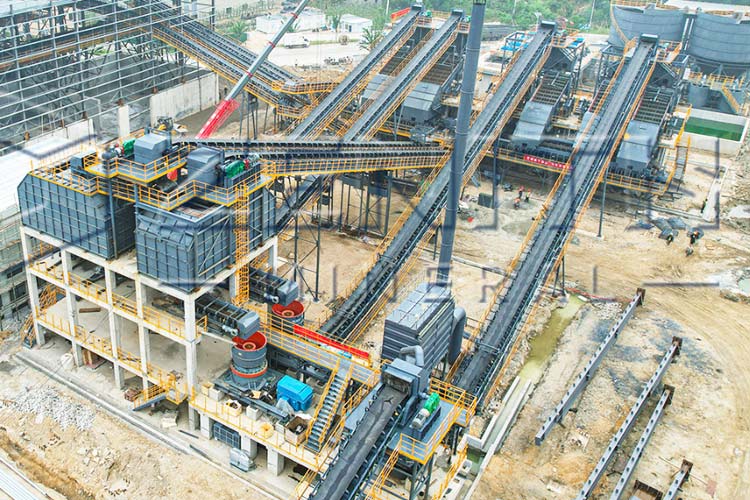
Stone crushers are machines designed to reduce large rocks into smaller rocks, gravel, or rock dust. They are commonly used in the mining, construction, and recycling industries.
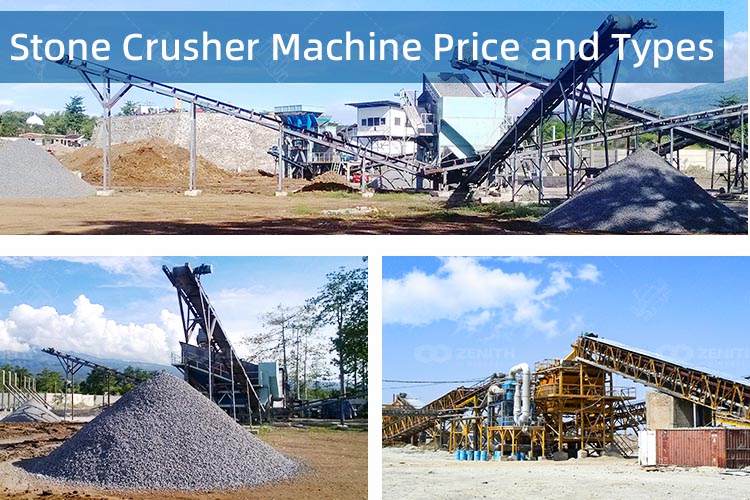
There are many types of stone crusher machines on the market. In this article, we will introduce the types and price of the stone crusher and how to select the most suitable one.

In the crushing and sand making industry, limestone is one of the most common used raw materials. It is often used as a building material and is also an important
Fill your requirements here, and we'll send the custmized solution and quotation to you by the reserved contact information.